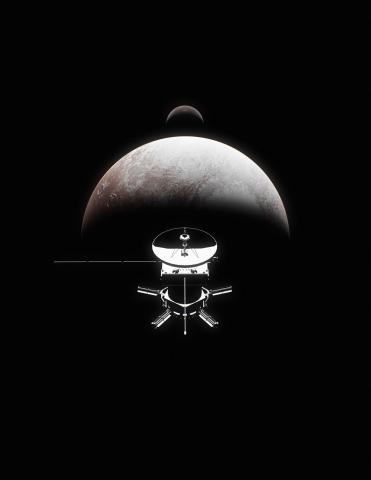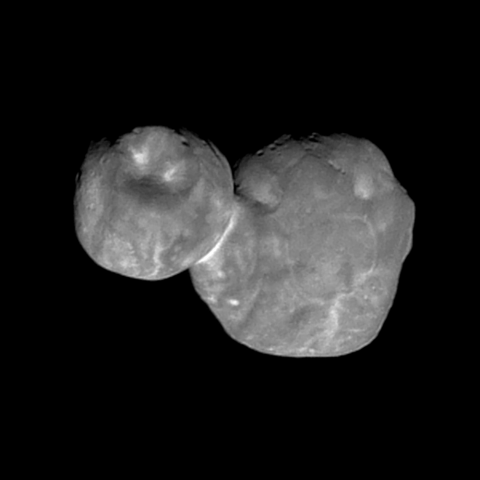Overview

When NASA’s New Horizons spacecraft flew past Pluto in 2015 and the Kuiper Belt object (KBO) Arrokoth later in 2019, it unveiled revolutionary details — and extraordinary new questions — about the objects at the edge of our solar system. They’re diverse, were or are geologically active, and some, such as Pluto, may even have an ocean beneath their surface. The conceptual Persephone mission proposes a return trip to the Kuiper Belt, where it will explore the area’s diverse array of objects and eventually fall into orbit around Pluto. Equipped with 12 instruments and propelled by a nuclear electric propulsion system to trim the cruise time to Pluto, the mission will address critical planetary science questions about the solar system’s formation, atmospheres, geophysics, and the habitability of ocean worlds.
Science Goals

Determine what the internal structures of Pluto and Charon look like and, most importantly, determine whether Pluto has a liquid water ocean beneath its surface
New Horizons discovered active geologic regions across Pluto’s surface, and geologic scars across the dwarf planet’s moon Charon that indicate it too was once geologically alive. Persephone would investigate how rock and ice are distributed throughout each of these bodies, providing necessary clues as to how these bodies formed. It will also determine whether Pluto has a liquid water ocean beneath its surface — a characteristic that would have major implications for where life could potentially be found in our solar system as well as others.
Determine how the surfaces and atmospheres in the Pluto system have evolved
While New Horizons captured the best and most detailed views of Pluto and its moon Charon to date, they were merely a snapshot of these worlds. As an orbiter around Pluto for three years, Persephone would study both Pluto’s and Charon’s surface compositions and geologic features in detail, helping unspool the historical tale of how and why they formed. The mission would also provide an opportunity to study the composition of Pluto’s thin atmosphere and observe how it has changed since New Horizon’s 2015 flyby.

Determine how the population of KBOs has evolved
Arrokoth, with its relatively craterless surface and bizarre snowman-like shape from two slowly collided rocks, revealed a strange world from the formation of the planets. Persephone would find and observe more small bodies like Arrokoth in the Kuiper Belt, providing new insights into the diverse shapes and surfaces of KBOs and, thus, the mechanisms that formed them.


